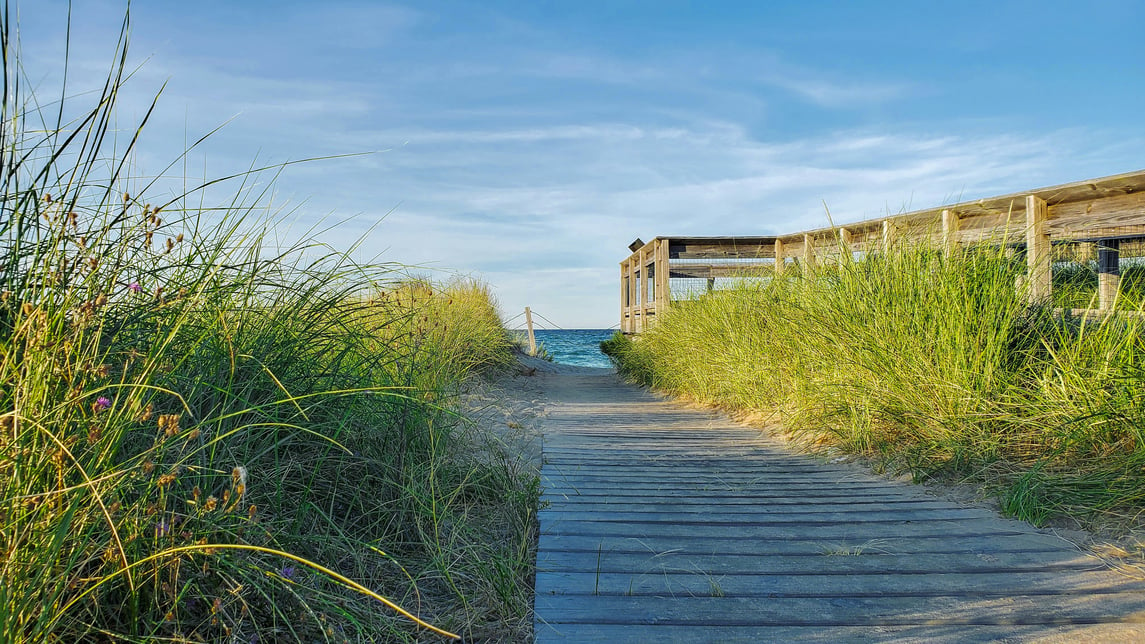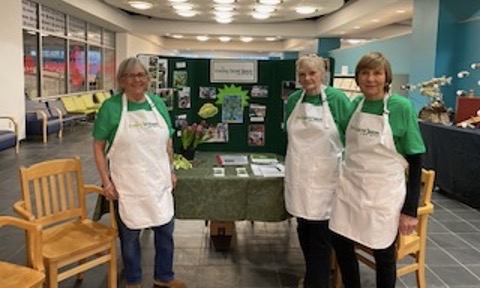
This resource is also available in French. Click here to access the French version.
As part of the federal government’s release of the 2030 Agenda National Strategy; Moving Forward Together, Canada committed to closing socio-economic gaps, advancing reconciliation, acting on important calls from the Truth and Reconciliation Commission’s Calls to Action and the National Inquiry into Missing and Murdered Indigenous Women and Girls, and fulfilling its international obligations under the United Nations Declaration of the Rights of Indigenous Peoples (UNDRIP).
Three years later, Indigenous Peoples continue to hope for the transformative change that would significantly improve well-being and belonging.
As a person of mixed settler and Anishinaabe roots, I’ve had conversations with many individuals, communities and organizations who express a strong desire to ensure the future we create leaves no one behind but do not know how to begin. For individuals and communities, the sustainable development goals create an opportunity to make meaningful change across the globe, but only if Indigenous Peoples are included in its implementation.
Just and inclusive sustainable development means taking a rights-based approach to systemic change. I urge all of us to pause and reflect on how we can incorporate daily commitments to reconciliation in the pursuit of sustainable development. With respect to SDG Goal 1 (Ending Poverty) consider the following:
- Indigenous Peoples (First Nations, Inuit, and Métis) make up more than 5% of Canada’s total population at 1.8 million people. We are found in every province and territory, in big cities, to small fly in communities and everywhere between.
- Policy decisions and decades of neglect have resulted in increasingly high poverty rates for Indigenous Peoples. In 2020, 4% of First Nations children on reserve were living in poverty compared to 10.8% of non-Indigenous Peoples. This number is likely returned to its post-pandemic numbers as the cost of living continues to increase while benefits like the CERB has stopped. Using the low-income measure, 53% of First Nations children on reserve were found to be experiencing poverty in 2016.
- Indigenous experiences of poverty are complex and varied. Poverty is experienced and conceptualized differently for First Nations, Inuit, and Métis peoples. Although these effects are felt differently, poverty has negative impacts on Indigenous languages, cultures, governments, and futures.
- Indigenous poverty is tied to the history and arrangements of Canadian federalism. Under the Indian Act, many Indigenous Peoples realities are managed by the federal government. Despite this, provinces, territories, and municipalities all have a role and a responsibility for providing essential programs and services with Indigenous Peoples.
- Indigenous poverty is connected to the loss of lands, social and other economic resources. As a result, we continue to make progress to restore and develop First Nations, Inuit and Métis-led initiatives and institutions to support culturally relevant supports that create well-being and affirm the unique rights Indigenous Peoples have. A future where Indigenous Peoples lead efforts to reduce poverty looks like supporting Indigenous governments in partnering with other governments to deliver Indigenous-led programs and services to their peoples- no matter where they reside.
- While much of Indigenous ways of knowing and being are immersed in our traditions, we are modern, innovative and hold steadfast in our knowledge that we have as much of a responsibility to give and share our teachings and strengths to others as our non-Indigenous neighbours.
- Deficit-based approaches focused on socio-economic gaps do not support holistic approaches to well-being. Communities should adopt strengths-based approaches focused on identifying and supporting the various strengths, motivations, and protective factors that support individuals and communities. Strength-based approaches ask each of us to identify our unique gifts and opportunities. This is consistent with Asset-Based Community Development that empowers communities to start from individual and collective strengths and assets.
- The well-being of Indigenous Peoples and every community depends on strong and reciprocal relationships among people. Relationships contribute powerfully to systems change. Strengthening relationships and holding space where people can connect and form relationships and find meaningful things to work toward together, even when they’ve had different lived experiences is powerful and the key to eradicating poverty. Tamarack’s Guide for Deepening Community is a great place to start.
With this in mind, increased partnership is needed to ensure each individual, family, and community has what they need to thrive and to feel like they belong. Tamarack’s recent Ending Poverty National Summit for Strength brought together changemakers from across Canada to think about how to address poverty and create a better world where systems are purposefully designed to benefit everyone. Across Canada, communities are partnering with Indigenous Peoples to ensure the future we create is reflective on Indigenous desires for inclusion and supports Indigenous-led work towards poverty reduction, increased well-being, and the realization of our rights. This work requires a daily commitment to relationship building that must be based on supporting these goals.
Being a good neighbour means taking time to understand how our current systems continue to harm and exclude Indigenous Peoples and recognizing the levers of power we have in righting these wrongs. Start by reaching out to Indigenous Peoples connected to your communities and work. Coming to the table with a commitment to ending poverty through understanding the complex needs, realities and desires of Indigenous Peoples takes time and expertise. This effort is reflective of the decades of work that is needed to address centuries of colonization. Systems changes requires that we ensure the next seven generations will be able to tackle global challenges together with care, kindness, and compassion.
Reconciliation is as much about rights as it is about relationships. Truth and Reconciliation director and Mohawk scholar, Marlene Brant Castellano put it best when she said:
“Awareness and acknowledgement [are] experienced at a thousand points of encounter between Aboriginal and non-Aboriginal people, so that the need for change and the promise of a new relationship ripples through networks of families, communities and nations.”
I encourage everyone to reflect on the unique gifts, challenges, and moments we find ourselves in and centre building relationships with Indigenous Peoples in pursuit of belonging. Wear that Orange Shirt throughout the year in recognition that ‘we all matter.’
Chi-meewetch.





